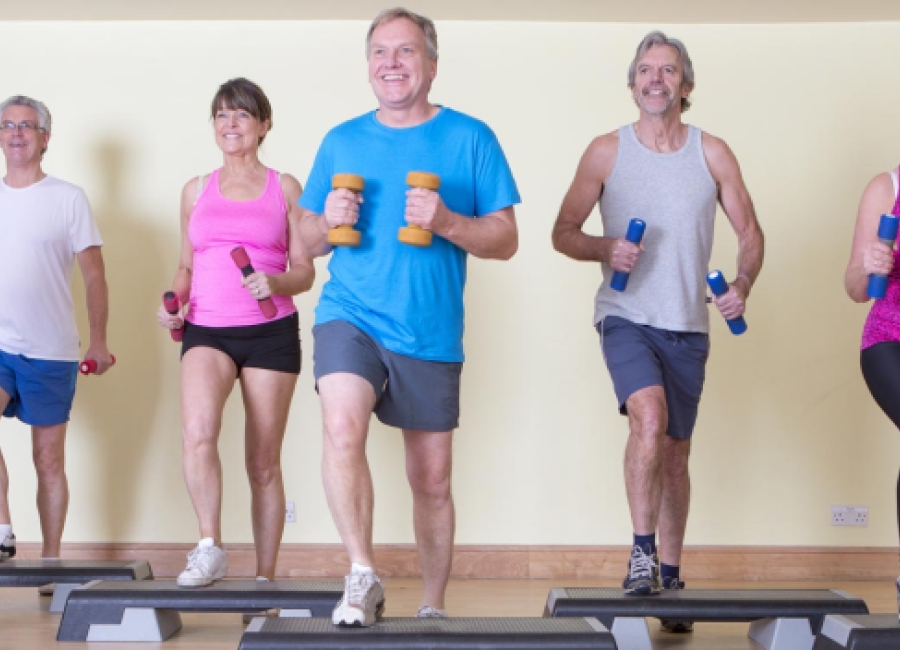
Unfortunately, varicose veins are not only unsightly they frequently are the cause of severe leg and foot pain. Other common symptoms include aching legs, leg cramps, swelling, numbness, tingling, heaviness, tiredness, restless legs, ankle and foot stiffness and many other symptoms. Generally, the symptoms get progressively worse through the day, especially if one is forced to stand or sit for prolonged periods of time. Many people continue to have leg pain through the night and have to get out of bed to walk in order to relieve leg discomfort. Complications of severe venous reflux (backflow-see below) include skin rashes, ulcerations, hemorrhage and thrombophlebitis.
Methods of treating varicose veins are generally broken into conservative treatment methods and what I will describe as definitive methods of medical or surgical treatment.
Conservative methods include wearing graduated compression hose (Jobst and others), propping up the legs and feet several times per day, taking pain medications such as Tylenol or Advil, exercise such as walking and losing weight when that is appropriate. These methods may help to control symptoms but do not resolve the underlying problem which is the failure of vein valves to prevent backflow of blood down the leg.
The job of veins is to get blood out of the legs and feet. The calf muscles pump blood out of the legs but they don’t work when you are standing or sitting. Walking, jogging or bicycling exercise makes the calf pumps work. Check valves (valves that allow blood flow in only one direction) keep the blood moving up the leg. When these valves fail blood falls back down which causes veins to stretch and leads to the symptoms noted above.
There are several ways to medically or surgically treat varicose veins. It is important to be sure that the deep vein system is functional before treating varicose veins. Deep vein problems are more serious than typical varicose veins and require additional testing to determine their cause.
In general, vein treatment involves removing or closing veins that are allowing backflow to occur. After treatment blood will automatically reroute itself through veins that work properly. Current methods of treatment are endovenous thermal ablation with laser or other methods, sclerotherapy and microphlebectomy. Endovenous thermal ablation causes the unwanted vein to close after the vein is cauterized. Sclerotherapy causes a vein to close after a medication called a sclerosant is injected into the vein. Microphlebectomy is a procedure in which varicose veins are removed through tiny incisions. These methods all can be done on an outpatient basis with little or no down time and generally mild discomfort that is controlled with mild sedation and local anesthetics.
Conservative methods include wearing graduated compression hose (Jobst and others), propping up the legs and feet several times per day, taking pain medications such as Tylenol or Advil, exercise such as walking and losing weight when that is appropriate. These methods may help to control symptoms but do not resolve the underlying problem which is the failure of vein valves to prevent backflow of blood down the leg.
The job of veins is to get blood out of the legs and feet. The calf muscles pump blood out of the legs but they don’t work when you are standing or sitting. Walking, jogging or bicycling exercise makes the calf pumps work. Check valves (valves that allow blood flow in only one direction) keep the blood moving up the leg. When these valves fail blood falls back down which causes veins to stretch and leads to the symptoms noted above.
There are several ways to medically or surgically treat varicose veins. It is important to be sure that the deep vein system is functional before treating varicose veins. Deep vein problems are more serious than typical varicose veins and require additional testing to determine their cause.
In general, vein treatment involves removing or closing veins that are allowing backflow to occur. After treatment blood will automatically reroute itself through veins that work properly. Current methods of treatment are endovenous thermal ablation with laser or other methods, sclerotherapy and microphlebectomy. Endovenous thermal ablation causes the unwanted vein to close after the vein is cauterized. Sclerotherapy causes a vein to close after a medication called a sclerosant is injected into the vein. Microphlebectomy is a procedure in which varicose veins are removed through tiny incisions. These methods all can be done on an outpatient basis with little or no down time and generally mild discomfort that is controlled with mild sedation and local anesthetics.